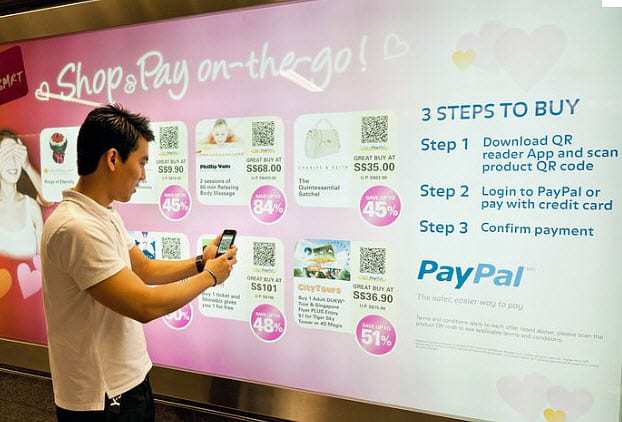
QR code marketing campaigns paying off.
Proximity based, action oriented marketing solutions saw an exponential growth to its demand last year, and a Smith’s Point Analytics report is now suggesting that it may bring this market to the $2.3 billion mark by the year 2016.
The reason is that QR codes, NFC tags, and various forms of other two dimensional barcodes – combined with computer vision and other emerging technologies – are giving brands the ability to take advantage of all new channels for communicating with consumers through strategies based on proximity.
As QR codes have become commonplace and widely adopted in Japan, the growing use of this standard barcode outside of that nation is encouraging growth and awareness. Furthermore, as it costs very little to create these codes, companies of all sizes and with all manner of marketing budgets are beginning to test their use within their overall proximity marketing strategies. This has caused the number of unique QR codes that have been created to skyrocket.
As an increasing number of codes enter the marketplace, users of smartphones are beginning to become familiar with them, recognize what they are, and actually use their mobile devices to scan them.
According to the report’s author, Peter Crocker, “QR codes and proprietary 2D barcodes are popping up everywhere and we estimate that outside of Japan, 164 million unique codes will be created in 2012.”
Though the increasing use of proximity marking gives brands a means to reach consumers precisely at the moment and location that they are most open to being influenced by advertising, and with the correct message to have the desired impact, this growing mobile marketing trend also offers additional retail strategic implications.
As consumers are using mobile price comparison and shopping apps to find merchandise they see in a brick-and-mortar shop, but at an online retailer, those physical location retailers are now using this proximity based, action oriented marketing solutions trend to help take part in the mobile online competition to help to make certain that when a consumer is at one of their locations, that is where they make their purchase.
No one has made the success of this strategy more apparent than Starbucks, which was one of the first large corporations to dive into the mobile world and use features such as mobile payments to entice consumers. Their mobile payments, through the Starbucks Card Mobile App, have now broken the $42 million mark since the initial launch of the app at the start of 2011. Its use is rapidly increasing, as it had reached only $27 million in December of last year.
